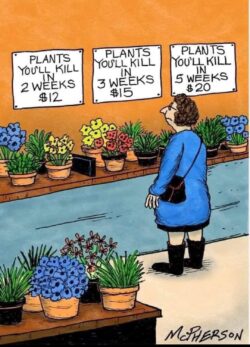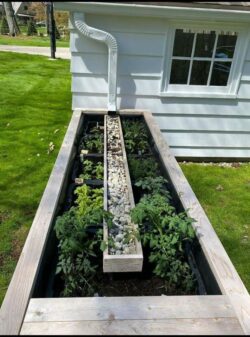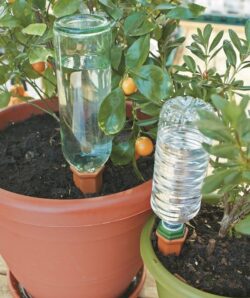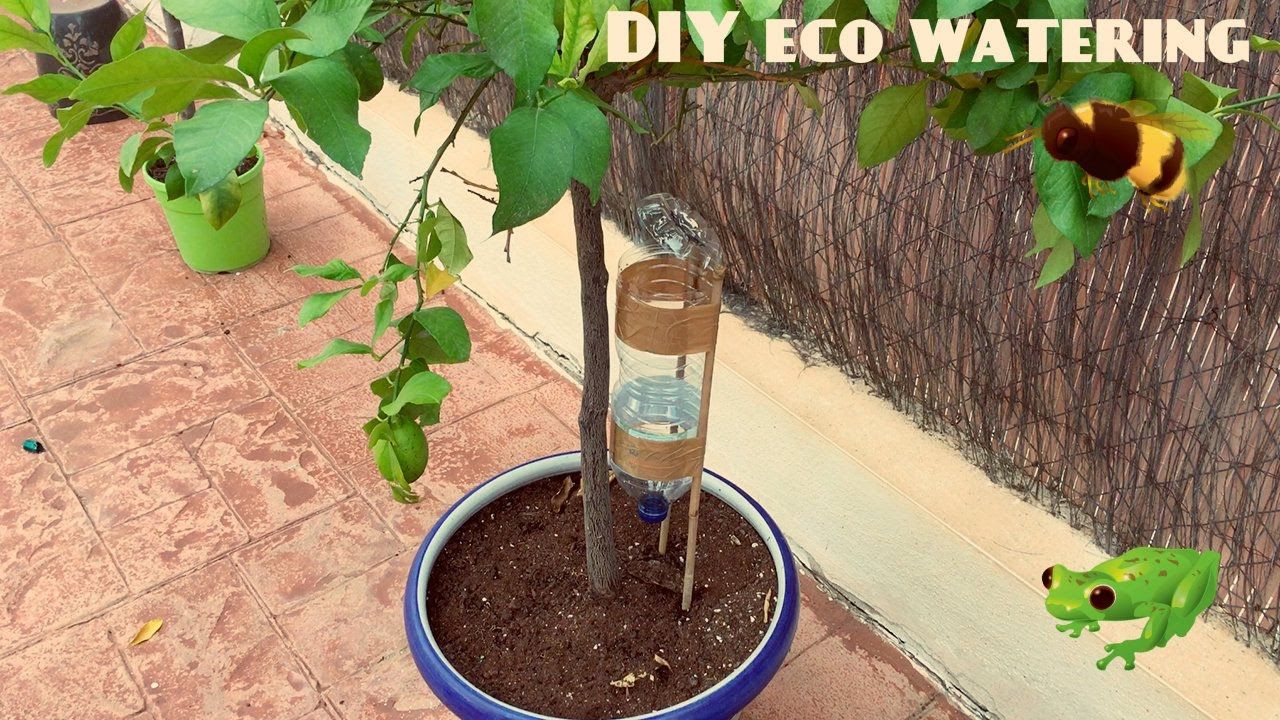 Gardening time is here, and our homes and landscapes will soon become healthy, green, and fruitful. Keeping your Garden Beds wet is important. Hanging plants and other landscape greenery also needs to be kept wet.
Gardening time is here, and our homes and landscapes will soon become healthy, green, and fruitful. Keeping your Garden Beds wet is important. Hanging plants and other landscape greenery also needs to be kept wet.
Some folks just don’t have a green thumb. That thumb also needs to be wet. Gardening is a learned skill and takes some time and patience. The rewards are great but killing expensive plants is an expensive and depressing outcome. Find a Garden Mentor to help teach you the tricks.
The one thing that that all plants need is Water. Without water, no plant or critter can survive.
Hanging plants Since these plants are surrounded by air, they quickly dry out. Water these plants daily and use absorbent, mulchy soils.
Lawns Keep your grass at 2 ½ -3 inches tall. This will help to hold water in the soil. Water early and late in the day. Don’t over fertilize.
Vegetable Gardens Raised bed gardens need more water than ground gardens. Funnels release water deeper into the soil at a slower rate. Too much water promotes rot and mold.
Indoor plants Place indoor plants outside when the weather is right. This will make the plants healthier. Rotate plants form inside to outside.
 Shrubbery and trees Put the water onto the roots, not the leaves and limbs. Funnels work well here.
Shrubbery and trees Put the water onto the roots, not the leaves and limbs. Funnels work well here.
Certain holidays mean flowers and plants. I often select plants, bulbs, and live shrubs for these holidays. Once the flowers stop blooming, I can then transplant them into the yard or garden. Now we can enjoy them for several seasons.
Memorial trees are a great way to remember and honor past friends, pets, and family. This is when you get a nice. Long living tree or evergreen. Some oak trees have grown for 100 years or more. These plants will age with you if they are watered.
Caring for plants means a routine of watering. Dragging hoses around the yard is tough work. Using a small watering can take forever. There are tricks to water more but working less.
Soaker Hoses Placing these hoses in a garden really helps apply water where you want it. Water that slowly enters the soil will also stay wet longer. This is a cost-effective way to water. DIY water systems can direct water just to where you need it.
Sprinklers You can certainly see the water fly around from sprinklers but only half or less will soak into the ground. The rest will evaporate and be wasted. Water shot from a hose or sprinkler starts evaporating as soon as it becomes airborne.
Automatic lawn watering Try watering early in the morning so the water can soak in and be used by the lawn. I start my sprinklers at 4AM. If the weather is hot and dry, you may want to do a partial watering later in the afternoon. Get the lawn guy to add a special watering hose system to your most valuable plants or garden. This allows everything to be watered at the same time, automatically.
 Slow drain funnels and bottles. Use liter bottles or other containers to water plants slowly. I take long necked bottles and cut the bottoms off. Now they are just a big funnel. Toss in a few pebbles to slow the water dripping into your soil. Use a stick to support the bottle and bury the outflow into the ground.
Slow drain funnels and bottles. Use liter bottles or other containers to water plants slowly. I take long necked bottles and cut the bottoms off. Now they are just a big funnel. Toss in a few pebbles to slow the water dripping into your soil. Use a stick to support the bottle and bury the outflow into the ground.
Wicks If you have plants around a water feature or pond, use long, absorbent wicks to transport water as the plant needs it.
Gravity fed watering. Uphill tanks or rain barrels can water huge areas with the turn of a faucet. Just place the water source up hill and let gravity do the rest. Collecting water from roof rain gutters is a way to get free water. Just use hoses or water lines/pipes to direct the water where you want it.
Soil is important Consider what type of soil you are watering. Plain topsoil or clay soil does not hold water well. A peat moss or mulch will absorb water and keep plants/lawns alive longer. Soil with a lot of gravel or rocks also drains quickly.
Ask a Neighbor If you see lawns and gardens that are wonderful, knock on the neighbor’s door and get some advice. They are often anxious to brag and help.
TOO much water promotes mold and rot. Prepare your soil for proper draining. Don’t forget that plants in direct sunlight need more water than plants in shady places. Create a watering schedule that matches the conditions.
With consistent and correct watering, your garden beds will be healthy and productive.
Montana Grant




